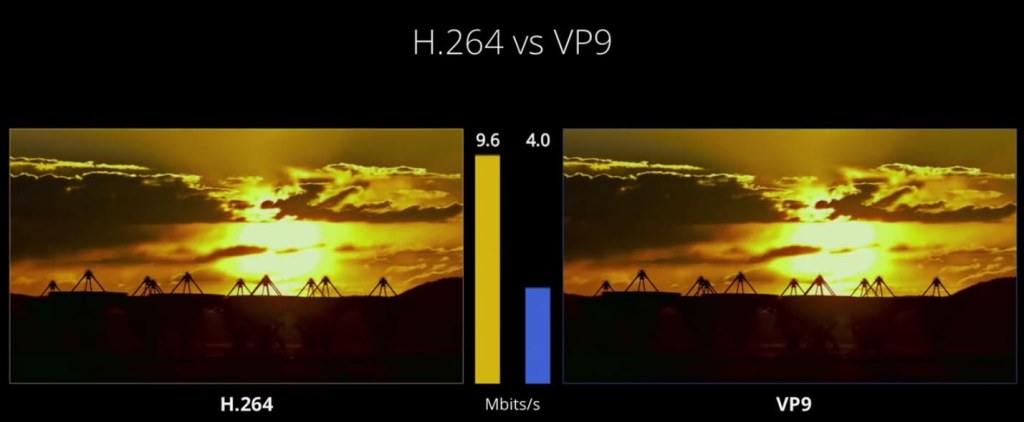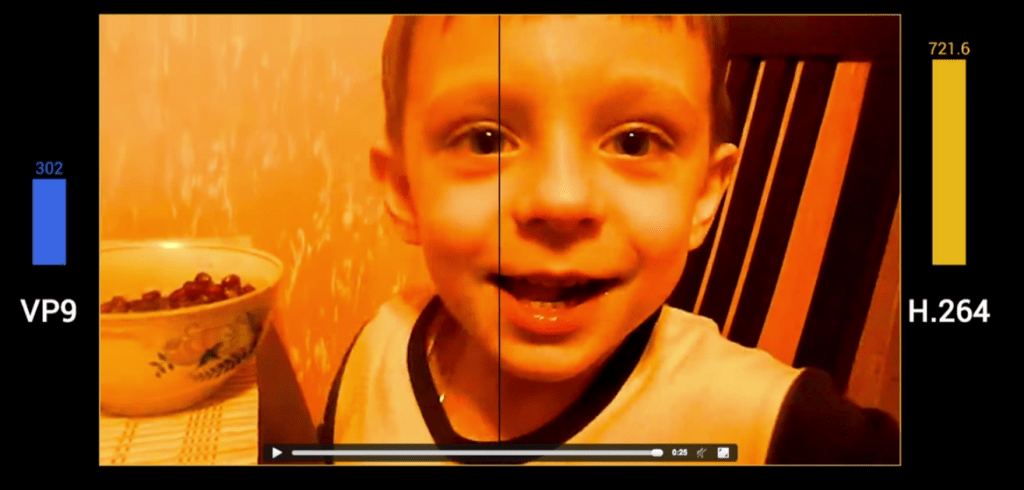Spatial analysis finds that methane emissions from fossil fuel extraction may be 5X larger than current estimates
Methane is one of the more potent greenhouse gases for global warming, but it is not clear just how much more potent methane is than CO2. The EPA has estimated a factor of 21 times compared to carbon dioxide. But Robert Howarth, an environmental biology professor at Cornell University, has argued that it is actually 72 times as powerful as carbon dioxide in terms of its warming potential. Furthermore Howarth has argued that the type of shale gas drilling taking place in Texas, New York and Pennsylvania generates particularly high emissions of methane. A study has estimated that between 3.6% to 7.9% of the methane from shale-gas production escapes to the atmosphere in venting and leaks over the lifetime of a well.
A study just published has assessed the spatial distribution of anthropogenic methane sources in the United States by combining comprehensive atmospheric methane observations, extensive spatial datasets, and a high-resolution atmospheric transport model. Based on the results of this analysis the authors conclude that the US Environmental Protection Agency (EPA) underestimates methane emissions nationally by a factor of ∼1.5.
Generally the study finds that methane emissions due to the animal husbandry and fossil fuel industries have larger greenhouse gas impacts than indicated by existing inventories.
The study concludes that there is a wide regional variation in the discrepancies in methane emissions and that the discrepancy is particularly large in the south-central United States. There the study reports its results are ∼2.7 times greater than EPA estimates. South-central emissions account for 24 ± 3% of national emissions. Based on their analysis of the the spatial patterns of methane emissions and correlations between methane and propane, the authors conclude that fossil fuel extraction and refining are major contributors (45 ± 13%) to methane emissions in the south-central United States.
Furthermore based on their analysis the authors suggests that regional methane emissions due to fossil fuel extraction and processing could be 4.9 ± 2.6 times larger than in the Emissions Database for Global Atmospheric Research (EDGAR), an international inventory of past and present day anthropogenic emissions of greenhouse gases maintained by the European Commission JRC Joint Research Centre and the Netherlands Environmental Assessment Agency (PBL).


